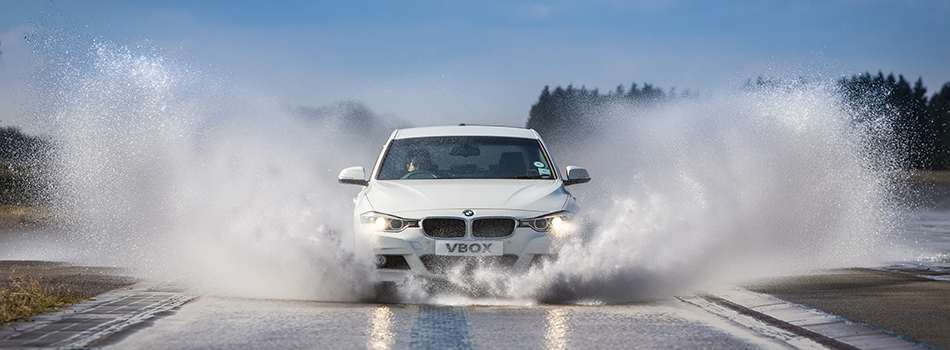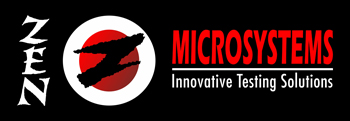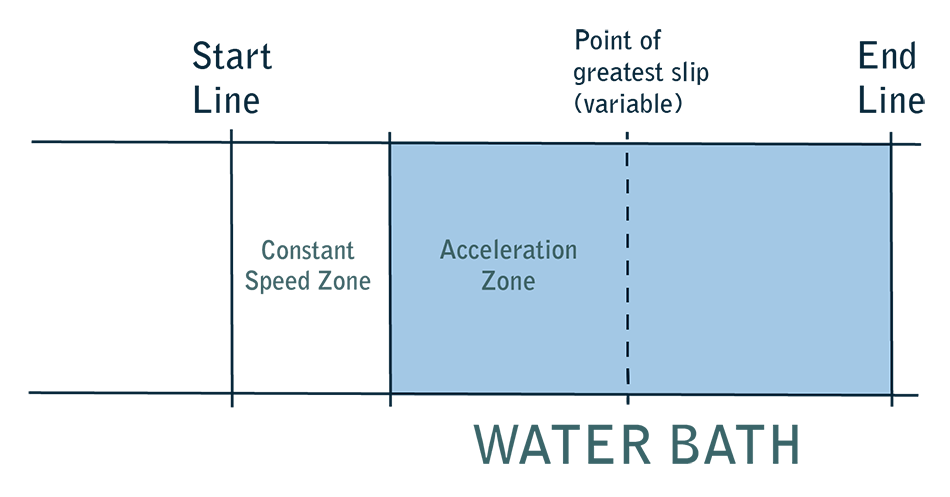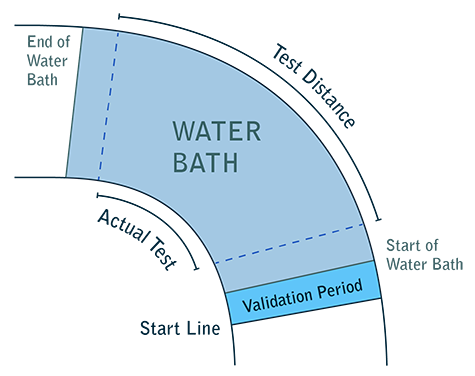KEY FEATURES
LONGITUDINAL
- Simple to set-up and use
- Clear, easy to read indication of wheels speeds and percentage slip
- Map integration – overlay a positional trace onto a satellite image
- Compatible with any VBOX data logger
|
- Video integration
- No in-depth VBOX knowledge required
- Automated wheel speed calibration procedure
- No external beacons required
- Manually set line conditions
|
LATERAL
- Simple to set-up and use
- Clear, easy to read pass/fail criteria
- Produces a customisable report of Entry Speed vs Lateral Acceleration
- Map integration – overlay a positional trace onto a satellite image
- Compatible with any VBOX data logger
|
- Video integration
- No in-depth VBOX knowledge required
- Automated wheel speed calibration procedure
- Customisable entry conditions allow the user to ensure the vehicle enters the bath in a stead state
|
MEASURED PARAMETERS
LONGITUDINAL
- Speed
- Wheel slip (either from Vehicle CAN or external sensor)
- Distance
|
LATERAL
- Entry Speed
- Lateral Acceleration
|
DEDICATED TEST SOFTWARE
VTS LONGITUDINAL AQUAPLANE PLUGIN
The VTS Longitudinal Aquaplane plugin can be used to denote a threshold slip value for each wheel, providing the user with the opportunity to choose between reaching the aquaplane condition when one, or all of the tyres, exceed this value.
It provides the ability to set pre-entry test conditions in order to ensure the vehicle is in a steady state before the test begins, and automatically calibrates wheel speeds simply by driving at a constant speed – removing the restraints of having to calibrate within the test area.

VTS LATERAL AQUAPLANE PLUGIN
As test entry speeds increase, the lateral acceleration obtained will also increase. However, once the vehicle starts to aquaplane the acceleration values begin to decline.
By closely monitoring the vehicle’s lateral acceleration throughout the test procedure, the VTS Lateral Aquaplane plugin produces a comprehensive report outlining in detail the maximum acceleration obtained and how quickly, and to what degree, this value decreases when the tyres begin to aquaplane.
This data can be directly compared to other tyre compounds to provide engineers with the information needed to grade tyre performance in wet corner conditions.











